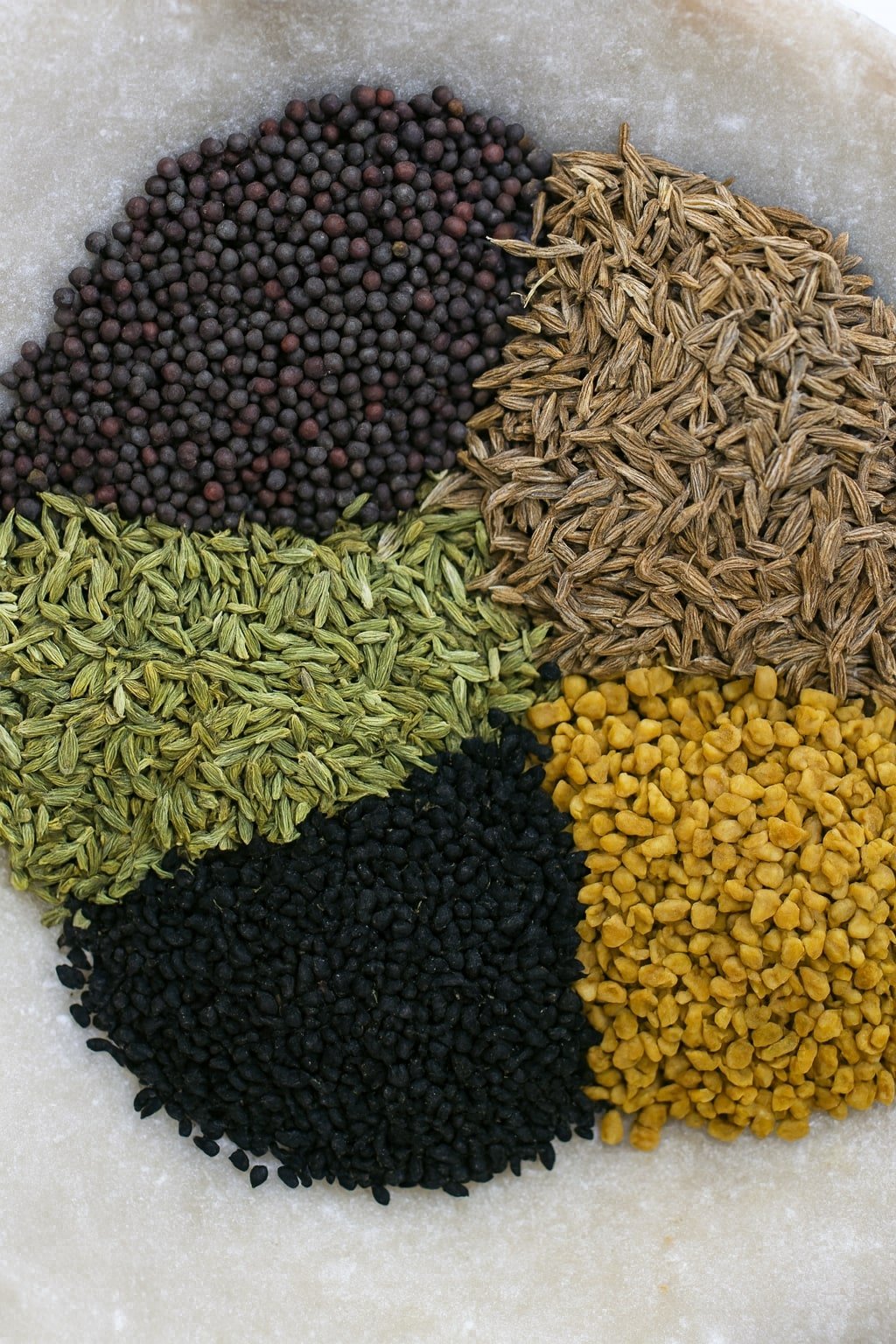
Panch Phoron — a traditional spice blend from Eastern India and Bangladesh that proves you don’t need a long ingredient list to create unforgettable flavor.
Whether you’re cooking classic Bengali dishes or adding your own twist to roasted veggies or soups, Panch Phoron is proof that the best flavors often come in small, unassuming packages.
What Exactly Is Panch Phoron
Panch Phoron is a traditional spice mix from Eastern India and Bangladesh, known for its bold, balanced flavor. The name literally means “five spices” in Bengali, and that’s exactly what it is — a blend of whole fennel, fenugreek, cumin, nigella, and mustard seeds.
Unlike many spice mixes, Panch Phoron is never ground. The seeds are added whole to hot oil, allowing them to sizzle, pop, and release their natural aromas before other ingredients go in.
Quick Facts About Panch Phoron
- What it is: A whole spice blend from Eastern India and Bangladesh, name means “five spices”
- Ingredients: Fennel, cumin, nigella, fenugreek, and mustard seeds
- Flavor: Balanced mix of sweet, earthy, bitter, and slightly peppery
- Best in: Lentils, curries, stir-fried vegetables, and pickles
- Cooking tip: Always add to hot oil first (tadka) to release aroma before adding other ingredients
- Storage: Store in an airtight jar, cool and dark; best used within 6–12 months
Flavor Profile
Panch Phoron offers a balanced mix of tastes — sweet from fennel, bitter from fenugreek, warm from cumin, sharp from nigella, and pungent from mustard seeds. Together, they create a complex yet harmonious flavor that’s earthy, aromatic, and slightly nutty.
Culinary Uses Around the World
-
Eastern India & Bangladesh: Used to temper oil for vegetables, lentils, fish, and chutneys.
-
Nepal: Added to pickles and stir-fried greens for a fragrant twist.
-
UK & US fusion kitchens: Incorporated into roasted vegetables, salad dressings, and soups for depth of flavor.
-
Global spice blends: Adapted into creative seasoning mixes for bread, rice, and grilled meats.
Cooking with Panch Phoron
-
Temper in hot oil: Heat oil until shimmering, add the spice blend, and let the seeds pop to release their aromas.
-
Add early in cooking: Ideal for starting curries, stir-fries, lentils, and vegetable dishes.
-
Prevent bitterness: Keep heat moderate and stir to avoid burning fenugreek and mustard seeds.
-
Experiment beyond tradition: Sprinkle over roasted vegetables, fold into bread dough, or infuse into salad dressings.
Storage Tips
-
Keep it airtight: Store in a sealed glass jar or metal tin to protect flavor and aroma.
-
Avoid heat and sunlight: Place in a cool, dry spot away from direct light.
-
Mix in small batches: Combine only what you’ll use in a month or two for maximum freshness.
-
Check seed quality: Discard if seeds develop a stale smell or show signs of moisture.
Nutritional Profile (Per Teaspoon, ~2.5g)
-
Calories: ~8 kcal
-
Carbohydrates: ~1 g
-
Protein: ~0.4 g
-
Fat: ~0.4 g
-
Fiber: ~0.4 g
-
Calcium: ~6 mg
-
Iron: ~0.3 mg
-
Magnesium: ~4 mg
-
Potassium: ~12 mg
Values are approximate and can vary depending on seed ratio and freshness.
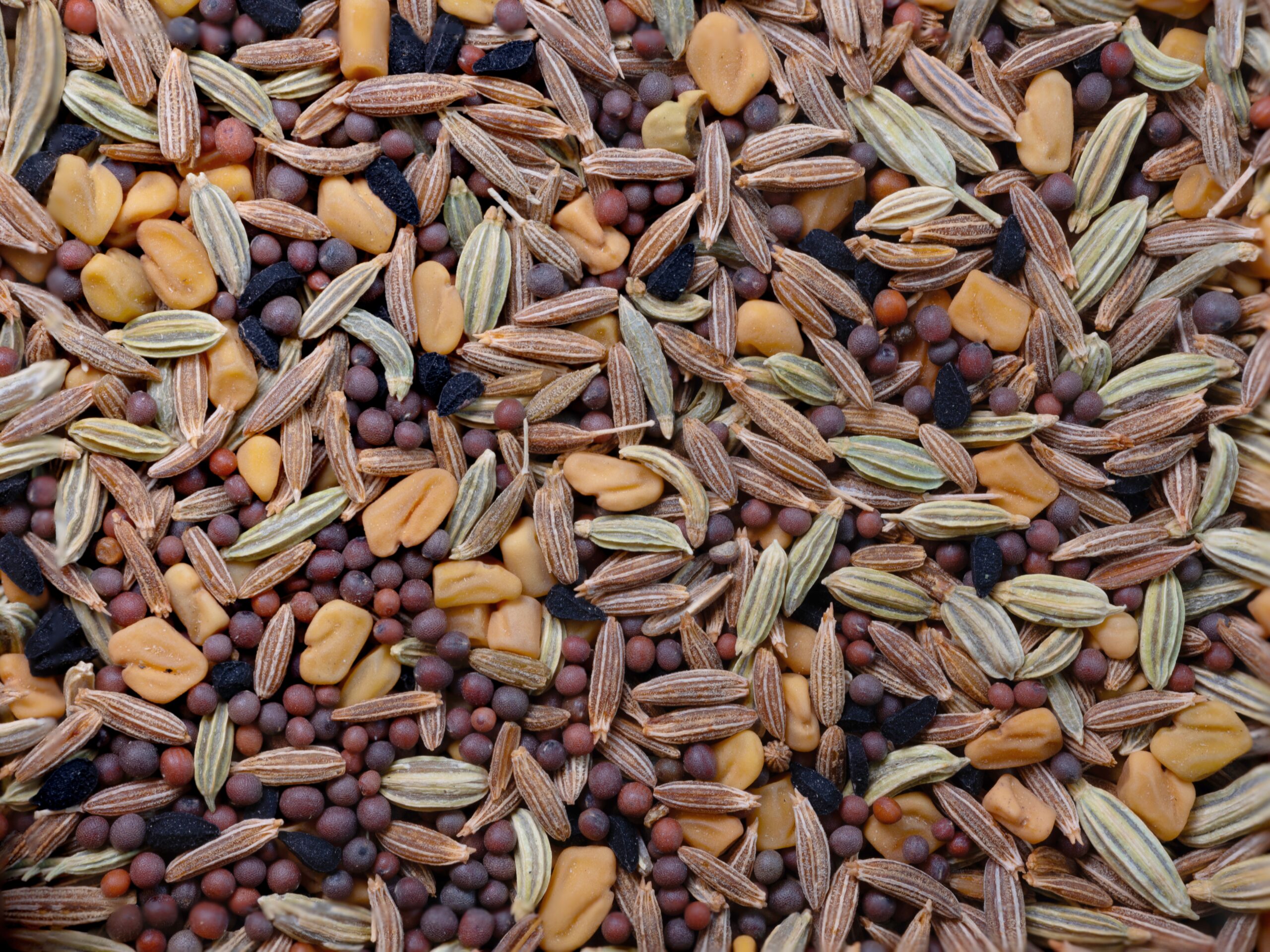
Potential Health Risks
-
Allergic reactions:
Mustard seeds, are a known allergen for some people and may cause mild to severe reactions (Source). -
Digestive sensitivity:
Large amounts of fenugreek, mustard, or cumin may cause gas, bloating, or loose stools in sensitive individuals (Sources 1, 2, 3). -
Blood sugar effects:
Fenugreek may lower blood sugar levels, which could interact with diabetes medications (Source). -
Pregnancy considerations:
Excessive intake of fenugreek may not be suitable for pregnant women due to its potential to stimulate uterine contractions (Source). -
Medication interactions:
Certain seeds, especially fenugreek, may interfere with blood-thinning medications or hormone therapies (Source).
Final Thoughts
Panch Phoron is proof that big flavor doesn’t always come from complexity. With just five seeds, it delivers a balance of sweet, bitter, warm, sharp, and aromatic notes that can transform the simplest ingredients.
Whether you stick to traditional Bengali recipes or explore modern fusion dishes, this blend offers a quick, fragrant way to elevate your cooking. Keep it fresh, use it with care, and let each seed do its part — together, they create a harmony you’ll want to return to again and again.
FAQs
What is Panch Phoron made of?
Panch Phoron is a whole-spice blend made from equal parts fennel, fenugreek, cumin, nigella, and mustard seeds.
How is Panch Phoron used in cooking?
It’s typically tempered in hot oil at the start of cooking to release its aroma and flavor before adding other ingredients.
Can Panch Phoron be used in non-Indian dishes?
Yes, it can add depth to soups, roasted vegetables, salad dressings, and fusion recipes.
Is Panch Phoron healthy?
It may support digestion, provide antioxidants, and add flavor without excess salt when used in moderation.
How should Panch Phoron be stored?
Keep it in an airtight container in a cool, dark place, and mix in small batches to retain freshness.
Can I make Panch Phoron at home?
Absolutely — just mix equal parts of the five whole spices and store in an airtight jar.
Learn More About Panch Phoron
Wikipedia — Panch Phoron
This article explains the origins, ingredients, and traditional use of Panch Phoron, detailing its five-seed composition and culinary role in Eastern Indian and Bangladeshi cooking.
Dassana's Veg Recipes — Panch Phoron (Bengali 5 Spice Mix)
This article introduces Panch Phoron as a vibrantly aromatic five-seed blend essential to Eastern Indian cuisine. It explores its simple preparation, highlights its colorful appeal, and offers ideas for substitutions and usage.


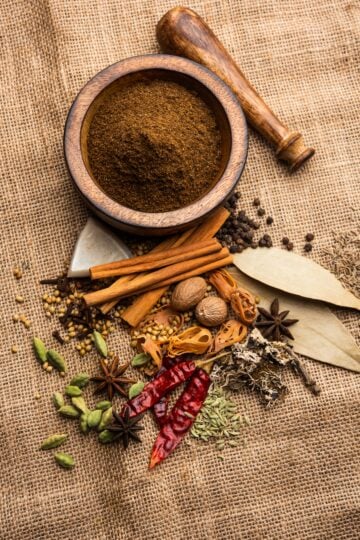
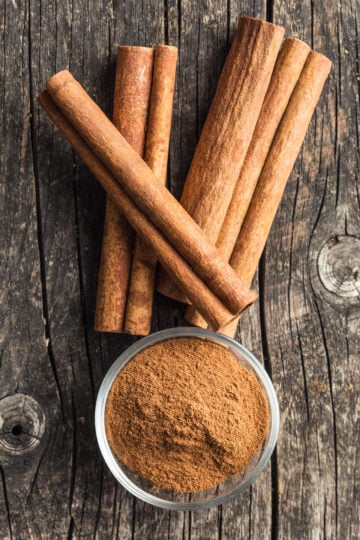
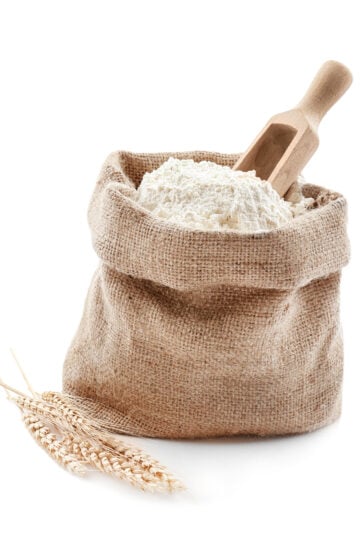
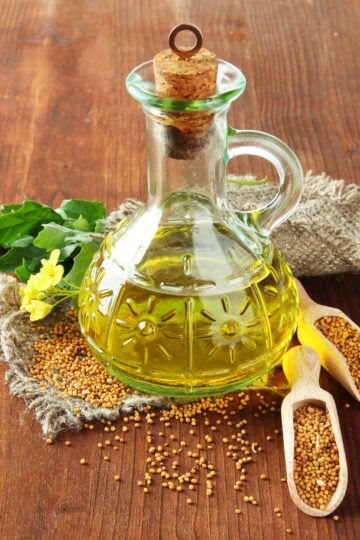
Have a question or something to share? Leave a comment below!